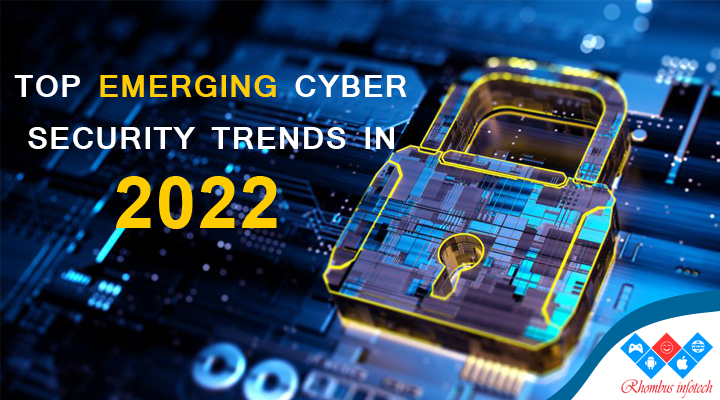Cyber attacks come in a wide range of flavors, from phishing and malware to ransomware and social engineering where cyber criminals trick you into revealing sensitive information. How organizations tackle with the increasing dangers of attacks will affect our quality of life globally. Infrastructure attacks can have a profound impact on organizations as well as the overall lives of common man. Like all other types of engineering domains, phishing is a method to attack on the most important information of people, because phishers understand the weakest part of any security system is the human component.
Cyber attacking is now the fastest growing crime world wide, Financial losses from cybercrime exceed the total losses incurred from the global trade of all illegal drugs. Aside from financial losses, such forms of cyber attacks can lead to reputation damage as well. Consumer data, when compromised, can subject businesses to strict regulations and costly settlements. Most of these cyber attacks are targeting small businesses as they are not well aware about cyber security measures to protect themselves from such threats that comes from the internet or web.
User Awareness:
As cyber threats become more aggressive each day, businesses and organizations take major steps to strengthen their security measures. For many establishments, cybersecurity awareness is essential to prevent costly identity theft and network hacks that can destroy any company or individual’s reputation. Apart from implementing firewalls and sophisticated IT protocols, companies now deem it important to augment the capabilities of their IT personnel via seminars and the like. What drives cybersecurity awareness forward is the growing number of people unaware of most cyberattack methods. A report by InfoSec indicates that about 97% of the people in the world cannot identify a phishing email, while 1 in 25 people click such emails, thus, falling prey to cyberattacks (InfoSec). Aside from this, cybercriminals now resort to more advanced and high-tech forms of phishing and malware infections. In turn, cybersecurity awareness could help prevent the onslaught of threats and attacks. Some organizations have started to implement the combined use of web- and classroom-based methods and visual aids for cybersecurity awareness training and promotions. On top of this, companies now create policies focusing on how employees handle and share confidential corporate data.
Use of Machine Learning:
In cybersecurity, the role of machine learning is growing popular and has now become more proactive trend. With the help of machine learning, cybersecurity becomes simpler, more effective, and less expensive as well. From a rich dataset, ML develops patterns and manipulates them with algorithms. This way, it can anticipate and respond to active attacks in real-time. This technology heavily relies on rich and sophisticated data to produce effective algorithms. The huge volume of data always come from everywhere and represent as many potential scenarios as possible. Implementing ML, thus, allows cybersecurity systems to analyze threat patterns and learn cybercriminals’ behaviors. These help to prevent similar attacks in the future and also reduces the amount of time needed for cybersecurity experts to perform routine tasks.
Cloud Security:
With the help of cloud software management techniques, large number of businesses are moving towards the cloud technology. However, most cloud services right now do not offer secure encryption, authentication, and audit logging. Some also fail to isolate user data from other tenants sharing space in the cloud. Therefore, IT security professionals need to tighten cloud security. Poor configuration of cloud security can lead to cybercriminals to look inside internal policies & sensitive information in the cloud database. Accordingly, security in the cloud is progressing into predictive and innovative security to combat cyber attackers. Secured predictive measures are becoming useful in identifying threats before attackers begin their move.
Threats for Education Sector:
Cybersecurity is now among the top priorities of those in the higher education sector, especially with the rise of online learning and remote work in pandemic times. Cybersecurity trends in higher education primarily involve compromised student data. Just this year, three private universities fell victim to a cyberattack that involved the hacking of student admission data (Inside Higher Ed, 2019). This called the attention of those in the higher education sector to actively promote tighter security for the protection of student, faculty, and research data in the institution.
Vulnerability of IoT:
Security issues keep plaguing most IoT devices dominating the market today. Computing devices embedded in IoT products allow for sending and receiving data over the Internet. This poses significant security threats to users, as IoT connects the virtual space and the physical world, home intrusions are adding to the list of the scariest possible threats that IoT brings.
Mobile Devices Channel of Attack:
Mobile devices are becoming a great channel of opportunity for cybercriminals as users continue to use their mobile devices for personal and business communications, as well as banking, shopping, flight, or hotel bookings. These devices became targets of cyberattacks.
Financial Services Cyberattacks:
The financial services sector is another industry facing cyber threats daily. It also doesn’t help that some financial organizations are still struggling to keep pace with cloud migration and the increasing number of regulations. Phishing attacks remain prevalent in the financial services sector, but it’s no longer just via emails. Phishing through social media and other messaging platforms is now among the cybersecurity trends in financial services. Aside from phishing attacks, the most common threats faced by insurance companies, banks, and asset managers include malware attacks and data breaches.
No one exactly knows what the future holds for the cybersecurity arena and many sectors are still figuring out how to fortify their networks in the middle of the chaos and uncertainties of the pandemic. But these latest trends provide us with insights into what we can expect in the years to come.

